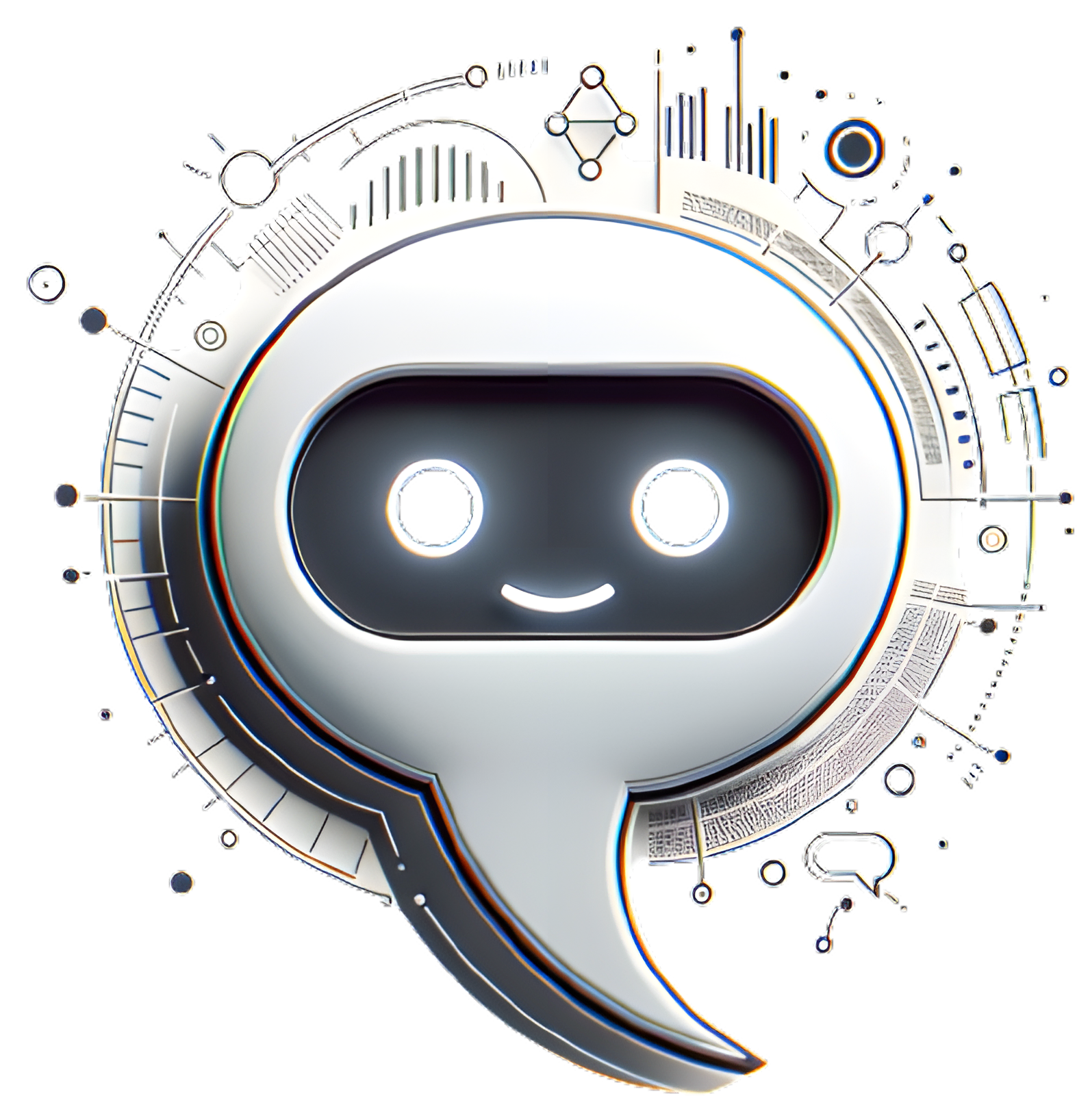

Hello Future me: Explorations and Ideas in LLMs and Voice Recognition
Greetings to you, future me 😆. This message transcends time and space, connecting us in the realm of thoughts and ideas, not mere chronology. Unlike past letters, where we documented our mundane activities, today’s missive is a testament to our intellectual journey. Here, we discuss the fruits of our exploration and the struggles that often accompany discovery. We delve into the throes of our present-day fascination: Language Model technology, Voice Assistants, and a little something we like to call LangChain.
The Context
Nestled between a sea of tasks related to Large Language Models (LLMs) and Voice Assistants technology, a light bulb moment flickered. The object of our frustration, the seemingly insurmountable challenges of Speech-to-Text (STT) technology—or, as we prefer, Automatic Speech Recognition (ASR)—triggered a compelling thought: How can we harness the power of both ASR and LLM to transform varying input into a consistent, digestible format?
LangChain: The Vision
The notion might have been inspired by the myriad STT results spread before us on our cluttered workspace, but its essence is universal: How do we take the raw, unpolished, and often confusing input of users and process it into something that an intent recognition algorithm can understand with ease?
To be more precise, wouldn’t it be wonderful if we could concatenate a series of steps to derive the information we need, in the structure we require, at the end of the process?
This was the seed that would eventually grow into LangChain. Imagine being able to combine models, prompts, embeddings, and agents—each a powerful tool in its own right—to create a cohesive and effective communication tool. The core philosophy of LangChain is chaining together different components, hence its name, to unlock more advanced use-cases around LLMs.
Before we dive into the nitty-gritty of LangChain, let’s briefly understand the components we’re working with:
- Prompt Templates: These are templates for different types of prompts, such as chatbot style templates, Explain Like I’m Five (ELI5) question-answering, and more.
- LLMs: Large Language Models, such as GPT-3 and BLOOM, are the pillars upon which the technology rests.
- Agents: These are mechanisms that use LLMs to determine which actions should be taken. Tools like web search, calculators, and more are packaged into a logical sequence of operations.
- Memory: This includes short-term and long-term memory that the system uses to store and retrieve information.
A Deep Dive into LangChain
LangChain is a powerful, open-source framework designed to facilitate the development of applications powered by a language model, particularly an LLM. It’s not just a wrapper around standard API calls—it’s data-aware and agentic. What does that mean, you ask? LangChain can establish connections with a variety of data sources, enriching the user’s experience and personalizing the interaction. It empowers a language model to dynamically interact with its environment.
The framework streamlines the development of a wide array of applications, including chatbots, Generative Question-Answering (GQA), and summarization. By chaining together components from multiple modules, LangChain permits the creation of unique applications centered around an LLM.
Why LangChain?
So, why is LangChain important, and what makes it special? Well, consider the technological landscape of today. Language models are ubiquitous, finding use in numerous applications. However, the complexity of these models, combined with the diversity of potential applications, can make development challenging. LangChain offers a unique solution to this problem.
By allowing the chaining of different components—be it LLMs, prompt templates, agents, or memory—LangChain provides developers with a flexible and adaptable framework to create complex applications. The term “chaining” is quite apropos, as it encapsulates the idea of joining different aspects of language models together to form a unified, more potent tool.
LangChain simplifies development tasks by introducing a sense of uniformity. As the components are interchangeable, developers can tailor their applications to suit specific requirements. By chaining together these components, you can create a series of processes or steps that an input must undergo before it becomes a final, structured output.
For instance, let’s say you’re developing a chatbot. By using LangChain, you could have a prompt template that structures the user’s input into a form that the LLM can understand. The LLM can then generate a response, and an agent can use this response to decide what action should be taken—maybe it’s to search the web for some information or to perform a calculation. The response can be stored in the memory and retrieved later, providing continuity in the conversation. This is just one of the countless use-cases that LangChain supports.
The Components of LangChain
To truly appreciate the power of LangChain, it’s vital to delve into its core components and understand how they form the backbone of this revolutionary framework.
1. Prompt Templates: These form the gateway into the LangChain world, transforming the user’s raw input into a structured format that the LLM can understand. These templates can vary significantly, ranging from chatbot-style templates to ones designed for Explain Like I’m Five (ELI5) question-answering, ensuring that developers can create diverse applications that cater to an array of user needs.
2. LLMs: These are the workhorses of LangChain. Whether it’s GPT-3 or BLOOM, these Large Language Models form the heart of any application built on LangChain. They are the engines that process the input and generate the output, drawing on their vast training data to create responses that are not only grammatically correct but also contextually appropriate.
3. Agents: Agents are the decision-makers in the LangChain ecosystem. They use the responses generated by the LLMs to decide what actions should be taken. This could involve using a web search tool to find information, performing a calculation, or any other action that would help satisfy the user’s request. By packaging these actions into a logical loop of operations, agents add a layer of dynamism and intelligence to applications built on LangChain.
4. Memory: This is where LangChain stores information. Short-term memory helps maintain the context of a conversation, ensuring that the responses are coherent and relevant. Long-term memory allows the system to remember past interactions, enabling it to provide a personalized user experience.
Wrapping Up
So there you have it, future me, an overview of LangChain, the framework that was born out of a simple idea during our struggles with ASR results. It’s a testament to how challenges can inspire innovative solutions.
As you read this, remember our journey, our explorations, and our struggles. They serve as a reminder that the pursuit of knowledge and the application of that knowledge can lead to profound discoveries. Harnessing the power of LangChain, who knows what we’ll be capable of achieving in the future?
Remember, future Markus, technology is a tool. It’s up to us to wield it, to shape it, and to create something truly remarkable. The LangChain journey is just beginning, and I can’t wait to see where it takes us.
All links in a practical list


More articles

Conversational Design - The Art of Conversation
Welcome, curious minds and innovative thinkers! Today, we’re embarking on an exhilarating journey into the heart of conversational design, a realm where words become the keystrokes of …
Passion, Tech, and the Conversational AI Journey!
Hello, passionate tech enthusiasts! Today, I’d love to draw a parallel between the thrilling world of Tailwind CSS and Conversational AI. Two seemingly unrelated subjects, but bear …
